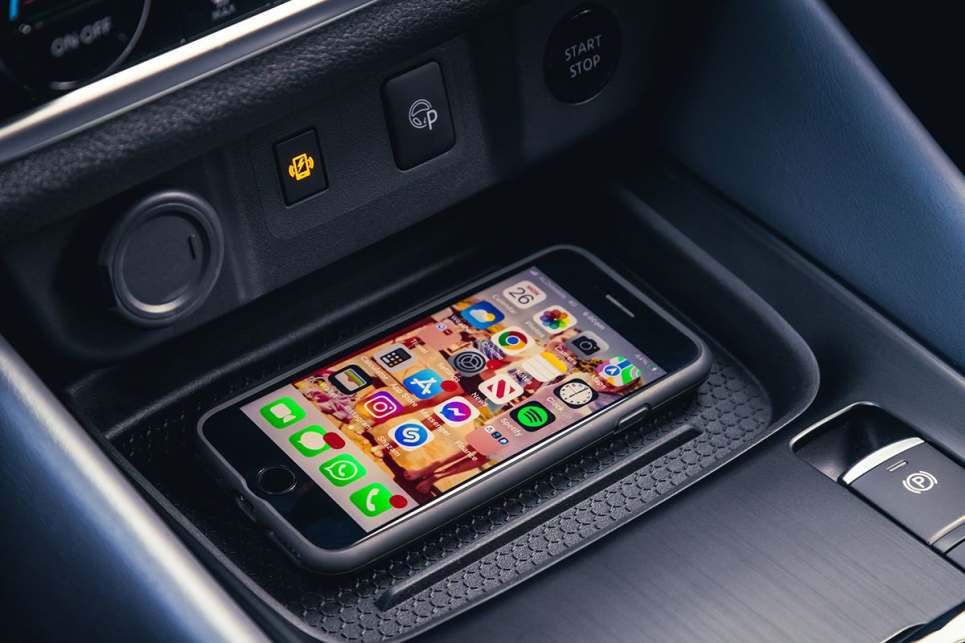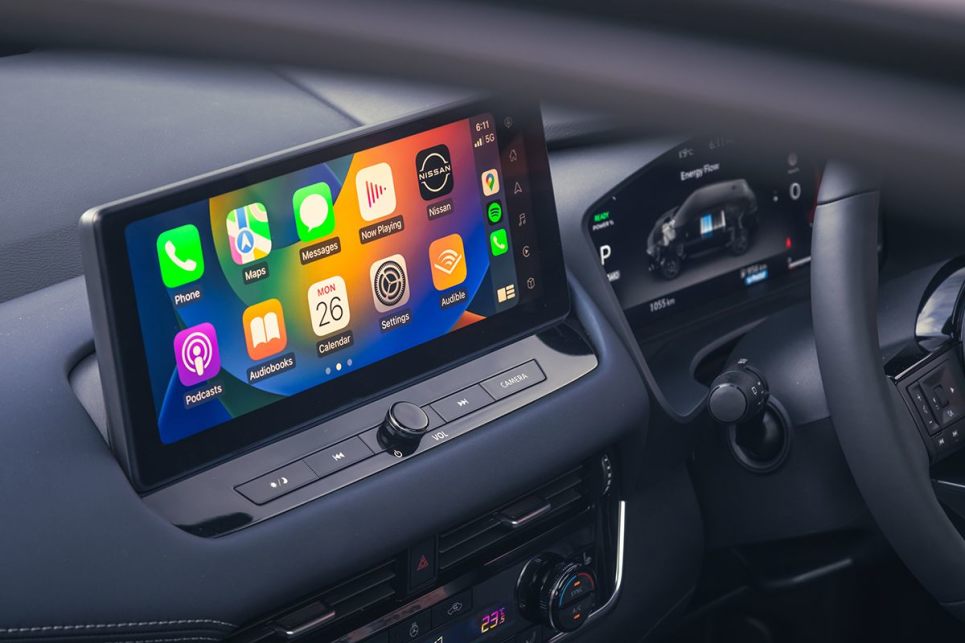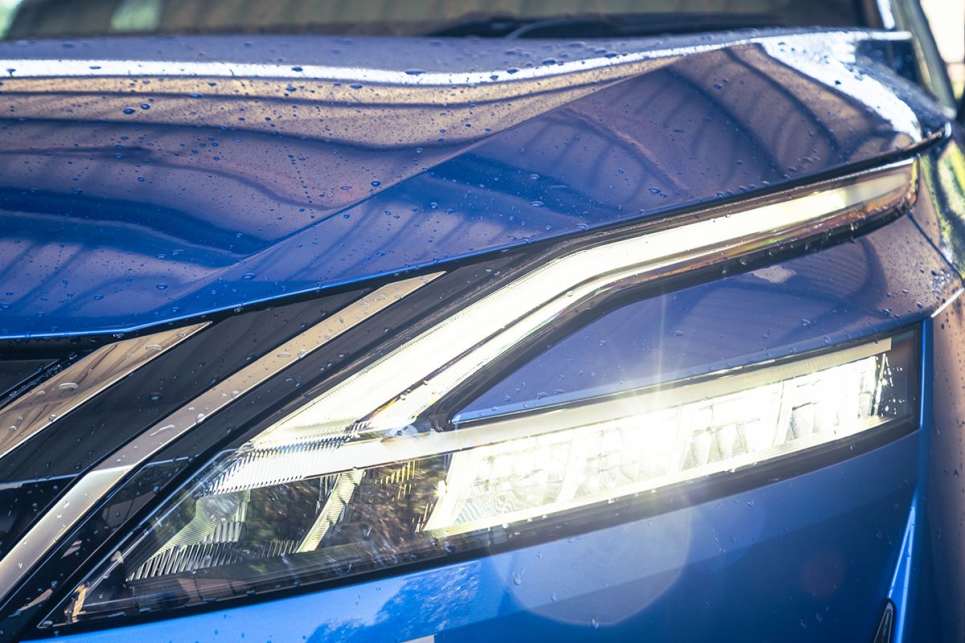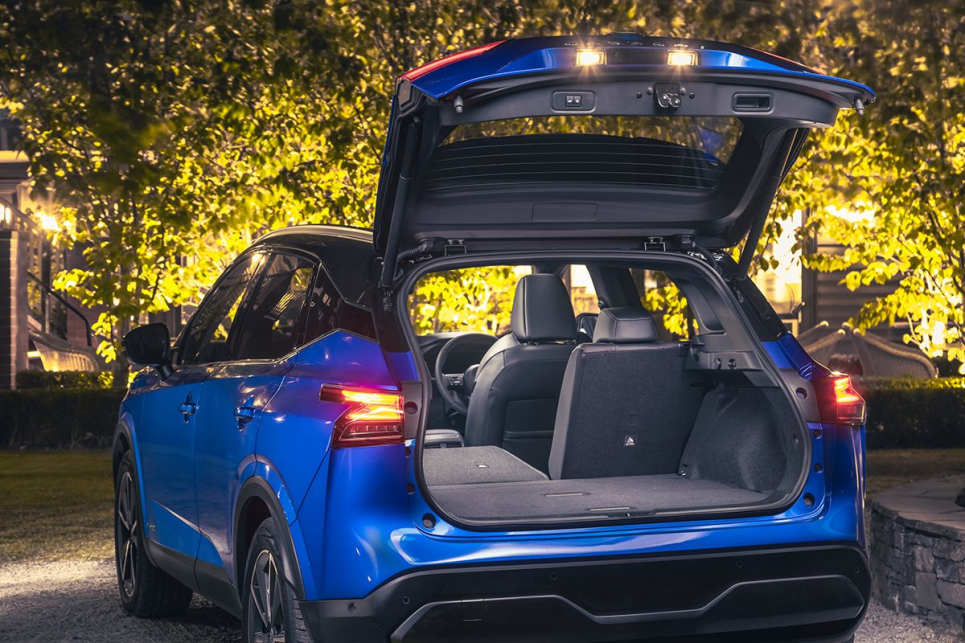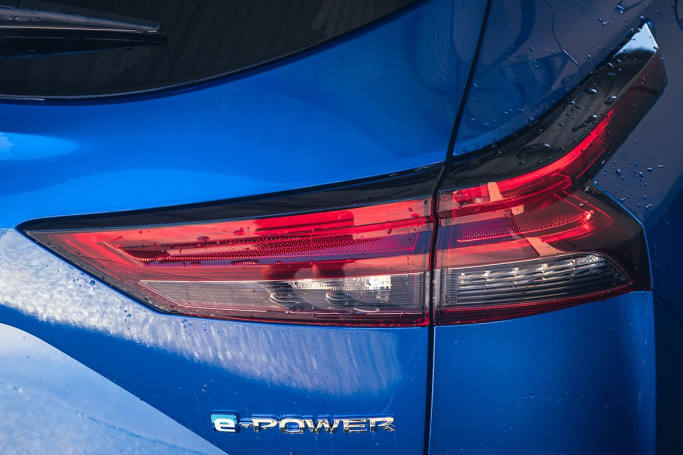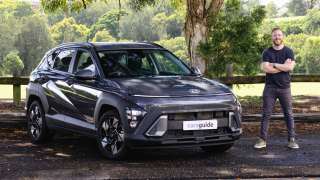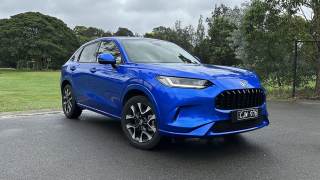Right now, there’s only the single, Qashqai Ti e-Power grade for Australia.
Starting from $51,590, before on-road costs, it adds $4200 to the price of the regular 1.3-litre turbo-petrol Ti, and is gunning straight for more conventional hybrids like the Hyundai Kona N-Line HEV, Honda’s superb ZR-V e:HEV and the new, second-gen Toyota C-HR Koba.
Now, they’re all conventional hybrids with their internal combustion engine (ICE) doing the driving, so the Nissan has a point of difference – and possibly an advantage – over those.

Note, though, that both the C-HR and Kona hybrids also come in grades costing under $45,000 – something the Qashqai e-Power won’t match until the lower-spec versions arrive in Australia sometime later on.
At least Nissan sees fit to stuff the Ti with luxuries like adaptive LED headlights, a head-up display, panoramic sunroof, hands-free powered tailgate, a 10-speaker Bose audio system, heated front seats with massaging function, pleated leather trim, front and rear USB A/C outlets and 19-inch alloys.
These come on top of expected goodies like dual-zone climate control, a 12.3-inch central touchscreen, satellite navigation, wireless Apple CarPlay, wired Android Auto, digital radio, a wireless phone charger, a surround-view camera, auto on/off headlights and wipers, auto-folding exterior mirrors and ambient lighting.
There’s also a host of welcome driver-assist tech. More on those in the Safety section below.
However, the e-Power loses the essential temporary spare wheel for the fiddly and often-useless tyre repair kit. Not good enough, Nissan.
That aside, they make for a finely-crafted and properly fully-equipped small hybrid SUV out of Europe, that, when considered in that light, offers strong value-for-money against technically less-intriguing alternatives.
Advantage, Qashqai.




